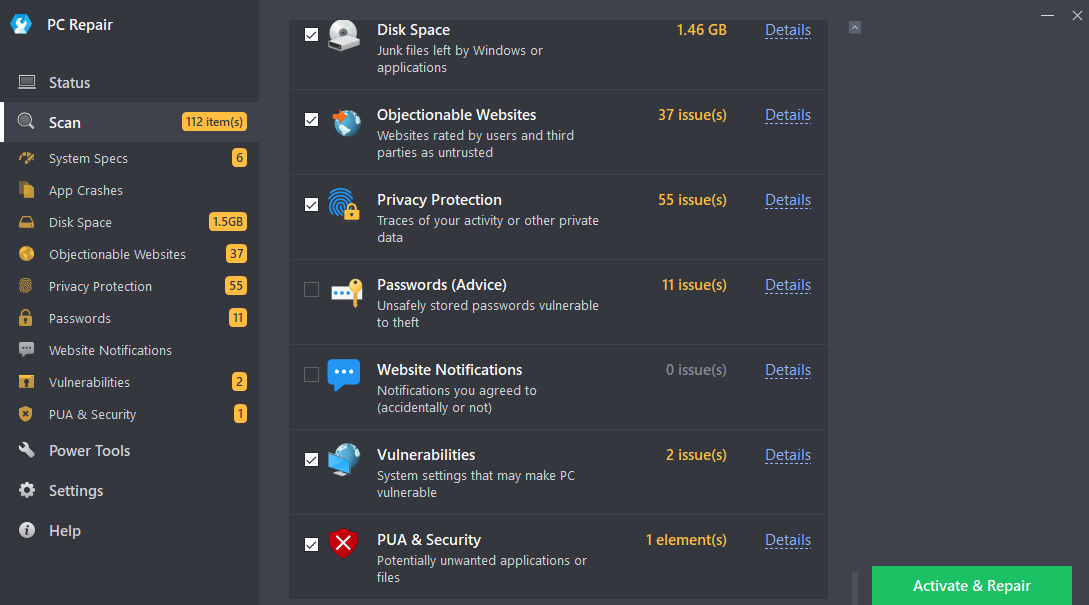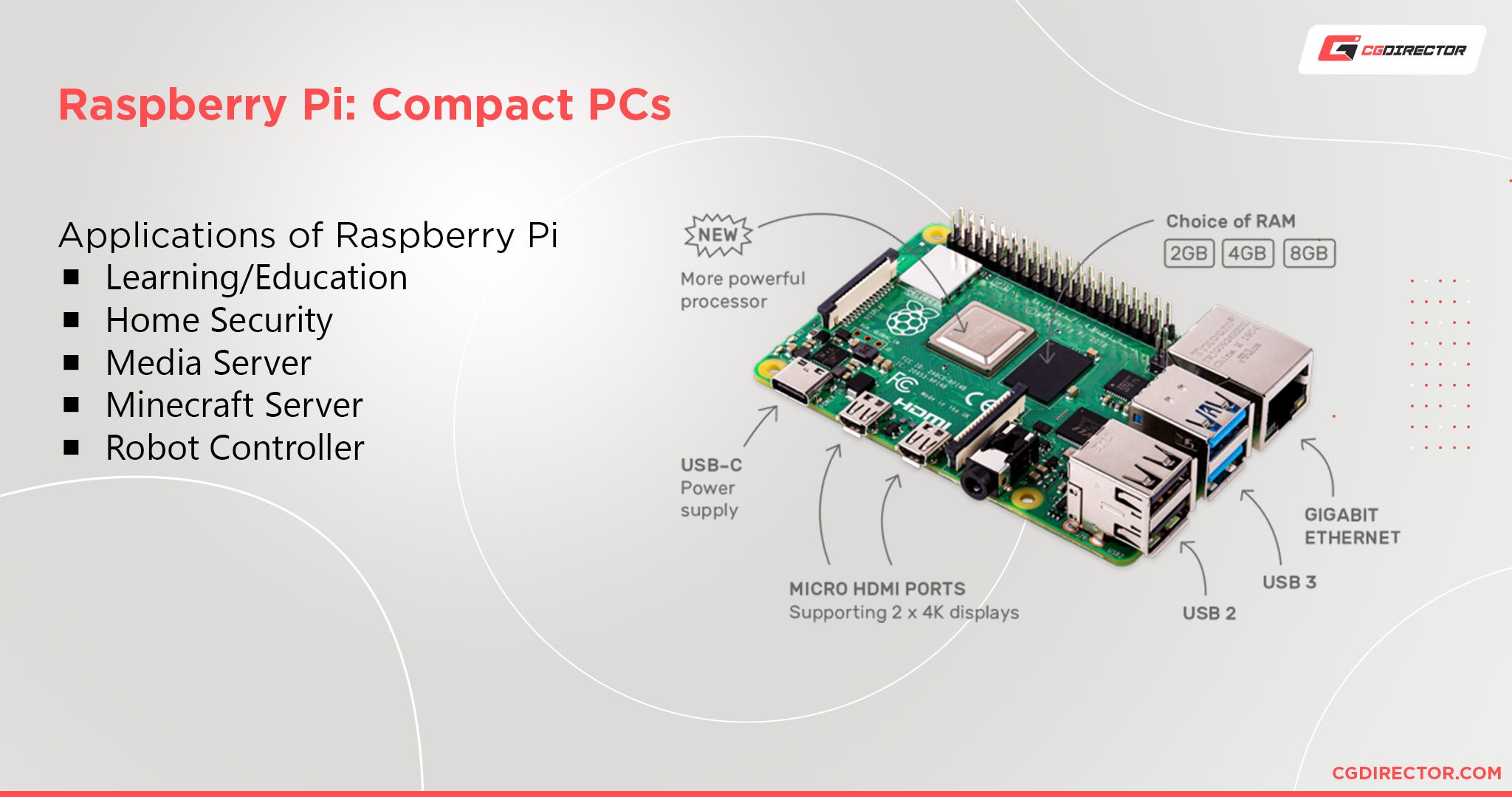

Make sure that your Windows graphics card drivers are updated to their latest available versions since an outdated GPU driver can cause a variety of problems. You can also disable the mono input pair of the same stereo input, or vice versa, depending on which is being used. Keep in mind that higher buffer sizes can cause higher latency. Ideally to a value by the power of 2, e.g. Ideally, you should pick the correct setting before starting a new project, rather than changing it while working on an existing one.

Try setting it to a value of 44100 or 48000 Hz. Optimize Live's Audio and CPU Preferences 1.

You can find more recommendations in our Learn Live 11: Computer Performance video tutorial to help reduce the CPU load. Note: It is generally important to make sure that your third party plugins as well as all hardware drivers are always updated to their latest versions. Excessive CPU load in Live can lead to dropouts, crackles or glitches in the audio, and/or a sluggish response in Live.


 0 kommentar(er)
0 kommentar(er)
